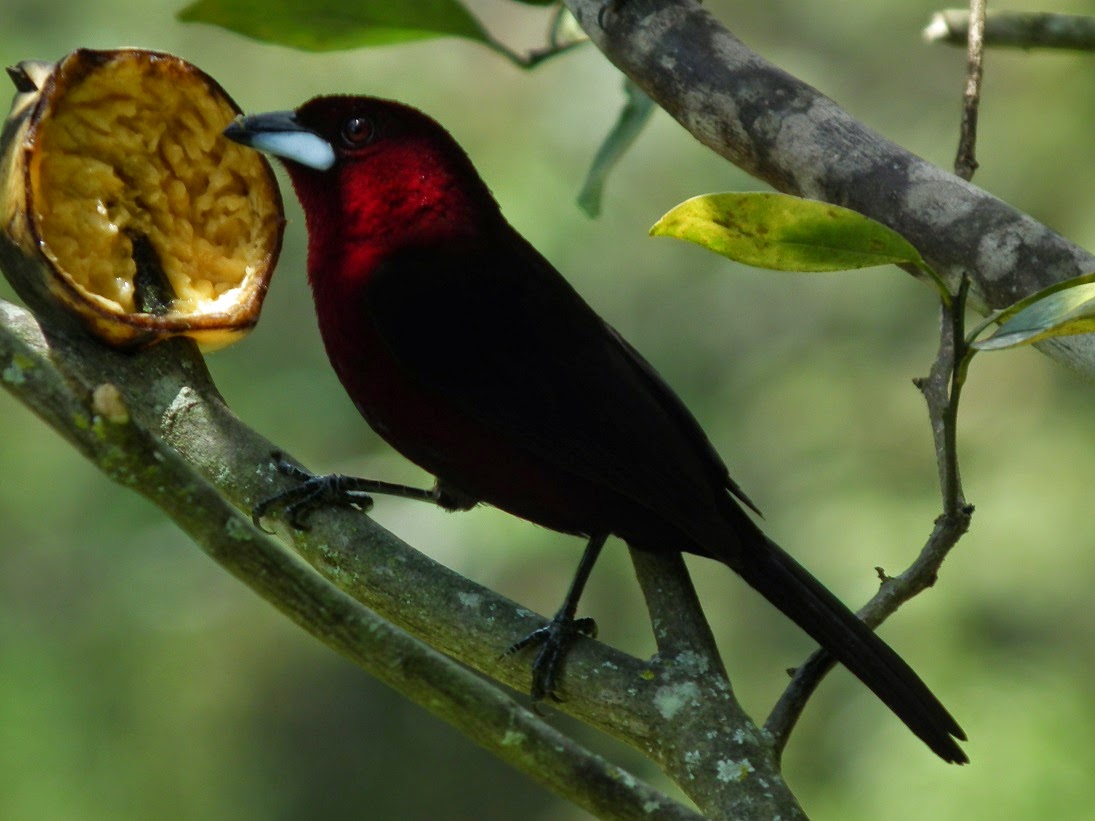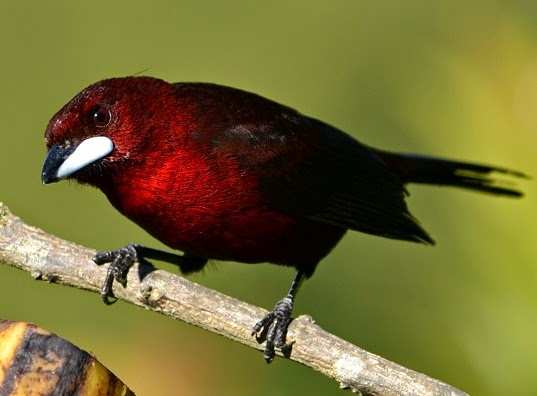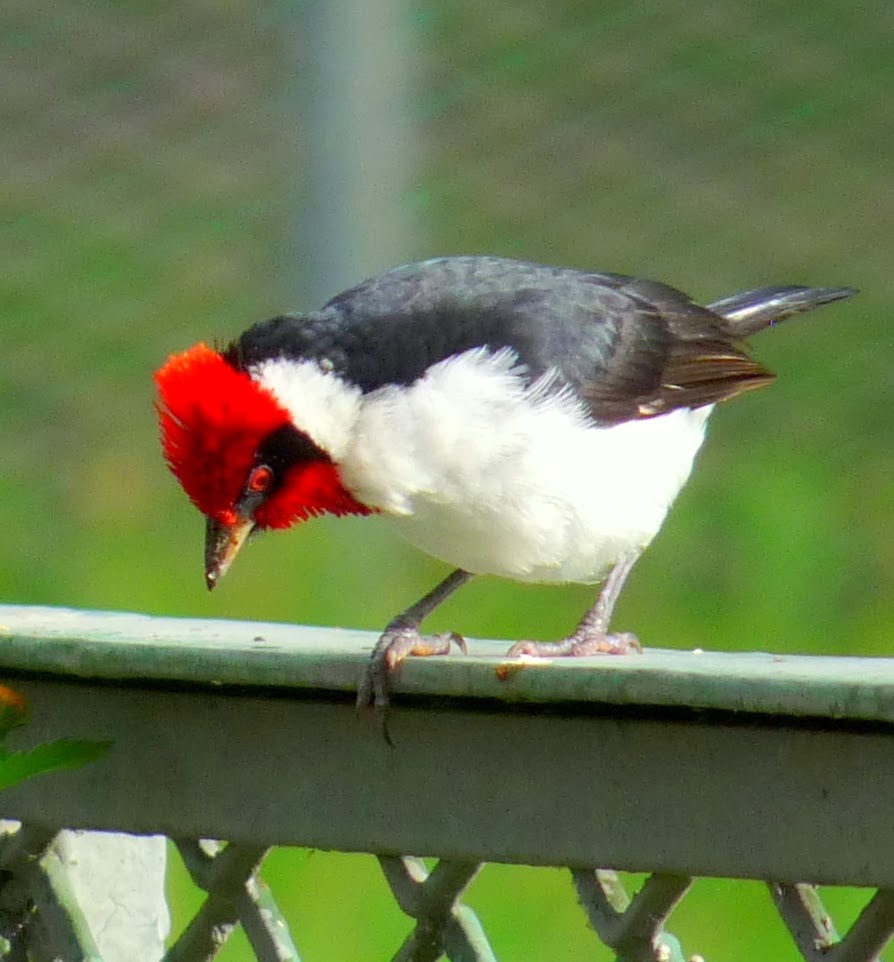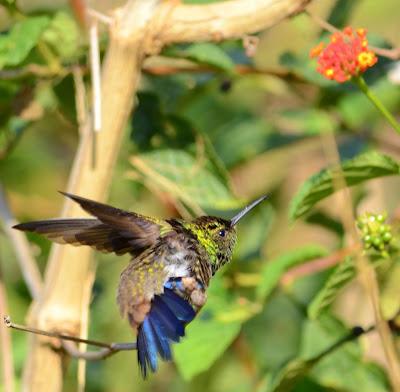Tip II Comprender la Luz, Understand the Light !
En la antigüedad se pensaba que nuestra visión era producto de unos rayos que viajaban desde nuestros ojos y rebotaban a nosotros formando las imágenes.
Ya en la edad media y gracias al trabajo de Alhazen creador del método científico se planteaba que el color de los objetos está relacionado con la luz del sol que los ilumina.
En nuestros días afirmamos que las ondas de luz llegan desde el sol y los objetos reflejan ciertos colores y a su vez nuestros ojos perciben cuan energéticas son las ondas de luz que reflejan y nuestro cerebro hace el resto para formarnos imágenes y colores.
Una cámara fotográfica lo que hace entonces es captar esas ondas de luz y las registra.
LAS CAMARAS NECESITAN LUZ QUE VIENE DE LOS OBJETOS QUE QUEREMOS FOTOGRAFIAR
Sin Luz no hay fotos.
Tome en cuenta que las cámaras son mecanismos y están calibrados para hacer su trabajo en cierto rango de luz, poca luz significa una foto obscura...mucha luz significa que tendremos objetos con colores distorsionados ó dañados.
Afortunadamente a las aves les gusta comer temprano en la mañana cuando la luz es todavía tenue y allí encontrarás el mejor momento para capturarlos con tu lente. Mi hora preferida 6:30 am en el verano.
Poca Luz

Poor light
Más luz

More Light
The ancients thought that what we watch is the product of a ray traveling from our eyes and it bounces from the objects to our eyes forming images.
Already in the Middle Age and thanks to the work of Alhazen who created the scientific method it is argued that the color of the objects is associated with the sunlight that illuminates them.
Nowadays we say that the light waves coming from the sun reflect on the objects certain colors, What our eyes do is to perceive energy in light waves and our brain does the rest in order to form images and colors.
What a camera does is capturing these light waves.
CAMERAS NEED LIGHT COMING FROM THINGS WE WANT TO PHOTOGRAPH
Without light there are not photos.
Note that the cameras are mechanisms calibrated to do their work in a range of light, low light means a dark picture ... too bright objects means that will we have damaged or distorted colors.
Fortunately the birds like to eat early in the morning when the light is still dim and you will find the best time to catch them with your lens. My favorite 6:30 am
























